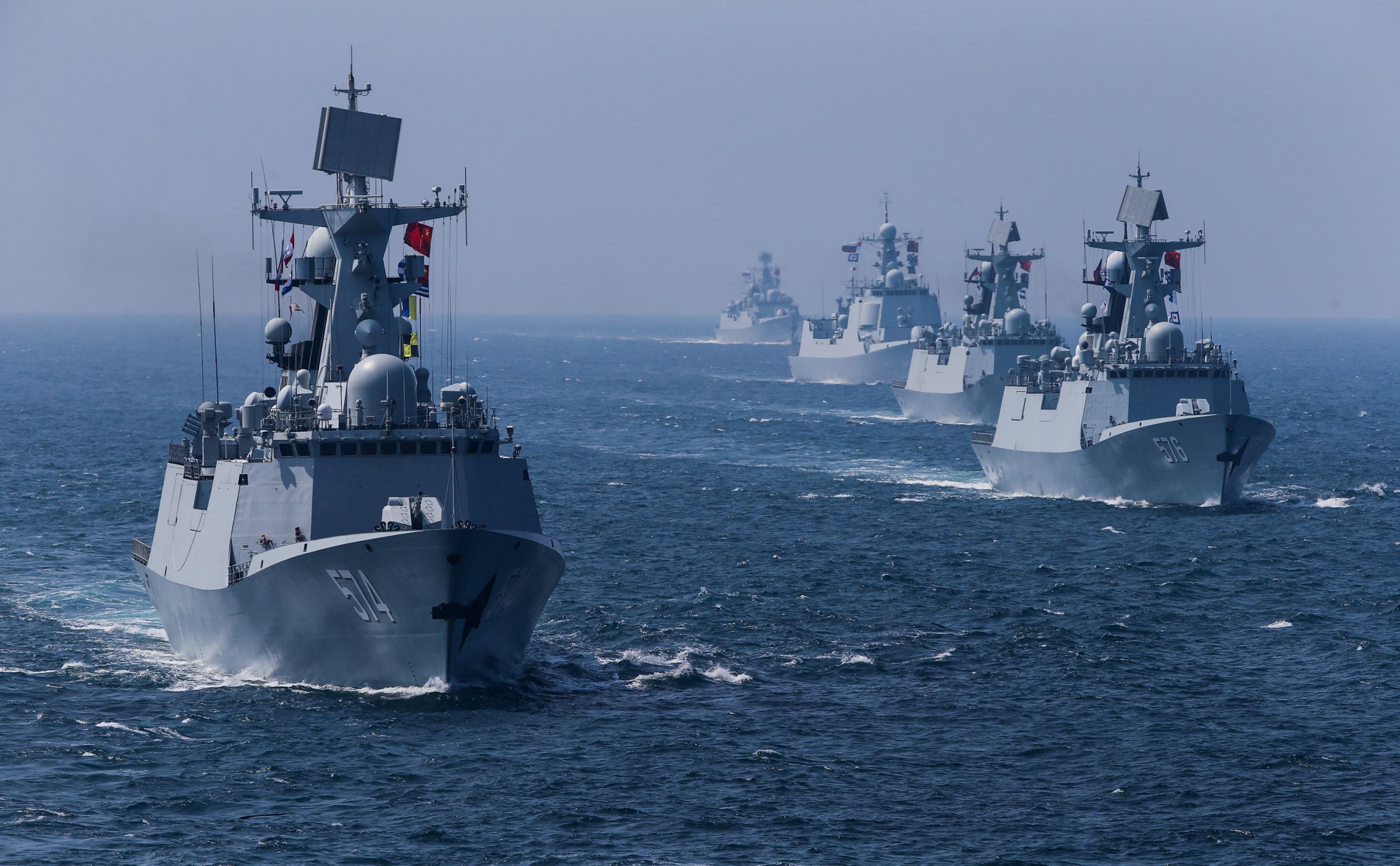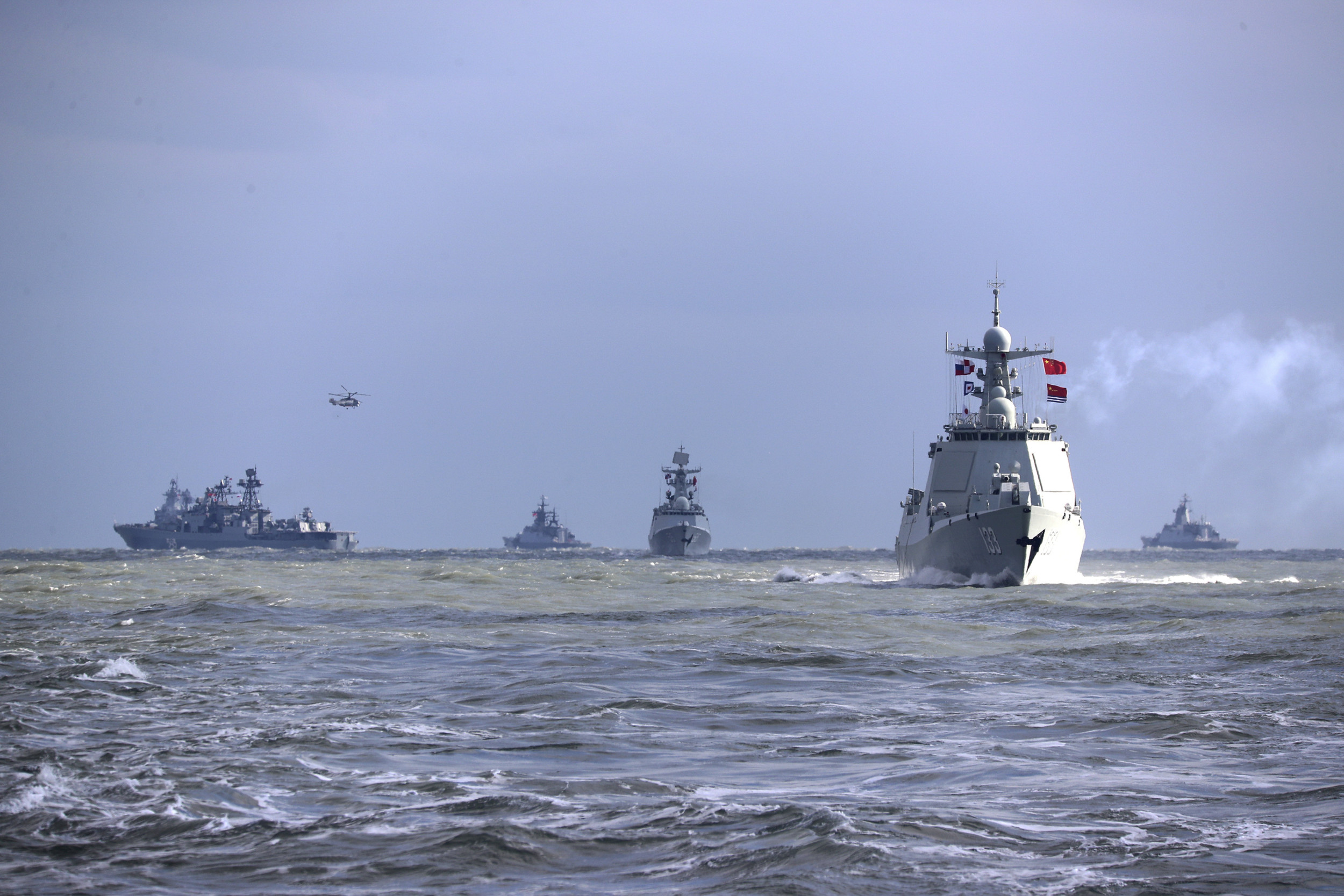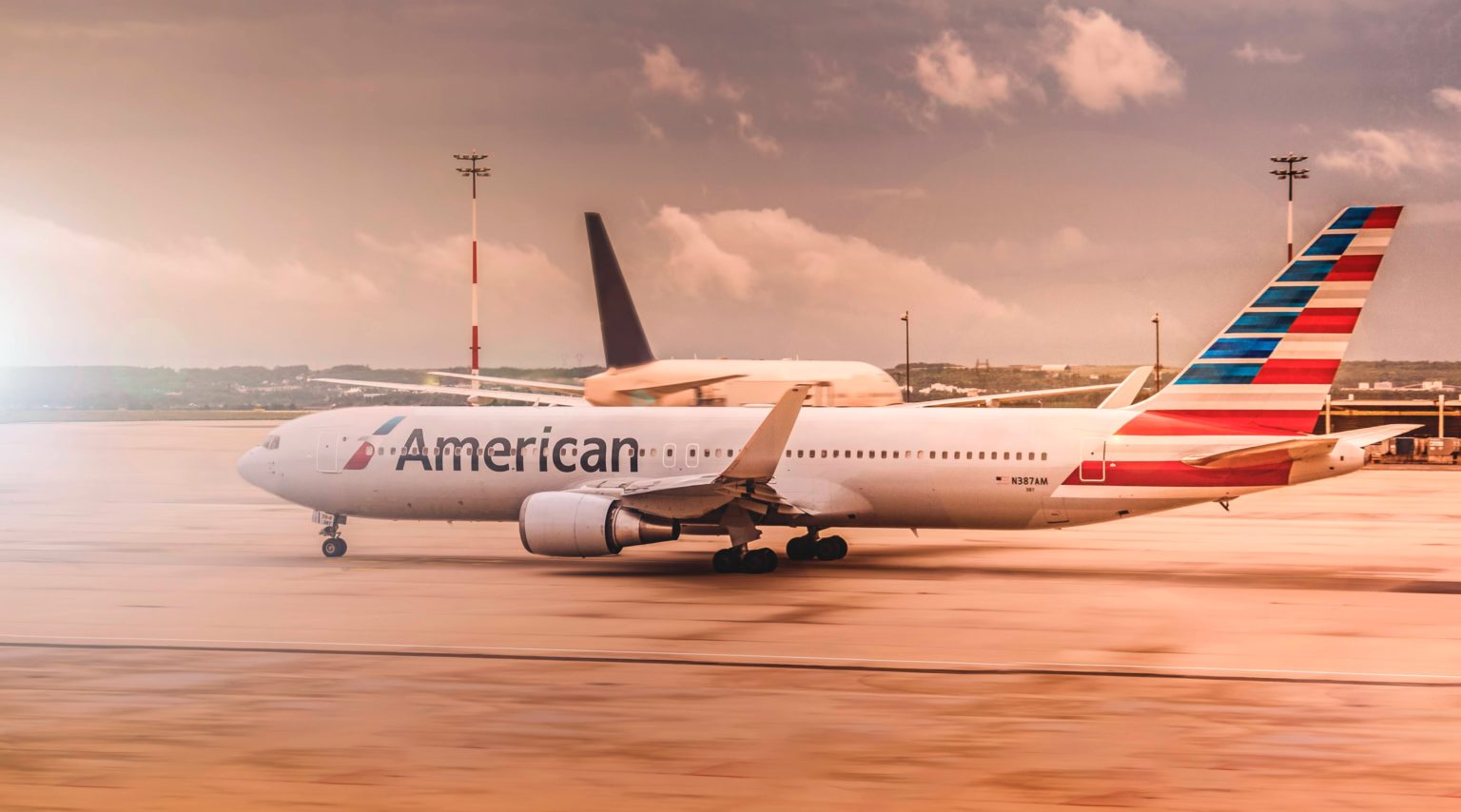Military cruises are rapidly gaining popularity, offering a unique blend of history, adventure, and cultural immersion unlike traditional cruises. These voyages cater to a diverse audience, from veterans seeking camaraderie and reflection to history buffs eager to explore significant military sites and vessels. Options range from tours of historic battleships to active-duty vessel visits, providing a diverse range of experiences tailored to specific interests and budgets.
The industry is experiencing growth fueled by the increasing demand for unique and immersive travel experiences. Marketing strategies leverage social media, partnerships with veteran organizations, and compelling visual content to showcase the distinctive aspects of these cruises. However, the sector also faces challenges, including navigating legal frameworks related to access to military sites and ensuring environmentally sustainable practices.
Target Audience and Demographics: Military Cruises
Military cruises cater to a diverse clientele united by a shared connection to the armed forces, but differentiated by their specific motivations and experiences. Understanding these nuances is crucial for effective marketing and cruise design. The primary target audience encompasses veterans, active-duty personnel, their families, and individuals with a strong interest in military history.The demographic profile of military cruise participants is multifaceted.
While age ranges widely, a significant portion comprises individuals aged 45-65, reflecting the larger veteran population. However, younger veterans and active-duty personnel, along with their families, are also increasingly participating. Income levels vary, but a substantial portion falls within the middle to upper-middle class, suggesting a capacity for discretionary spending on leisure travel. Geographic distribution is national, but with potential concentrations near major military bases and historically significant naval ports.
Veteran Participation
Veterans constitute a significant portion of the target audience, driven by a variety of factors. Many seek camaraderie and a shared sense of belonging with fellow service members, rekindling bonds forged during their time in the military. The structured environment of a cruise, with its planned activities and social interactions, offers a comfortable setting for these reunions and the sharing of experiences.
Furthermore, cruises often visit locations with historical significance to military operations, providing veterans with opportunities for reflection and personal connection to their past service. For example, a cruise visiting Normandy would resonate deeply with veterans who participated in or are connected to D-Day.
Examine how armed forces vacation club reviews can boost performance in your area.
Military Family Involvement
Military families often participate in cruises as a means of creating lasting memories and strengthening family bonds. The shared experience of a cruise provides a break from the often stressful realities of military life, offering quality time away from deployments and frequent relocations. Cruises offer a structured, family-friendly environment with amenities suited to various age groups, making them an attractive option for families with children.
The inclusive nature of many military-themed cruises, with opportunities for children to participate in activities related to military history, enhances the overall family experience. For example, educational programs about naval history might attract families.
History Buffs and Enthusiasts
Beyond the military community, military cruises attract history buffs and enthusiasts interested in naval history, maritime warfare, and related topics. These individuals are drawn to the opportunity to visit historical sites and participate in themed activities and lectures related to military history. Many cruises incorporate historical tours, expert lectures, and access to historical artifacts, catering to this specific interest.
For instance, a cruise featuring visits to historical naval shipyards or battlefields would appeal to this demographic. The immersive nature of these cruises allows for a deeper understanding and appreciation of military history than traditional forms of tourism.
Economic Impact and Sustainability

Military cruises, while offering unique experiences, present a complex interplay of economic benefits and environmental concerns for host communities and the global tourism industry. Understanding this dynamic is crucial for responsible development and sustainable practices within this niche sector. The economic impact extends beyond immediate spending, influencing infrastructure development, job creation, and the overall vitality of local economies.
Conversely, the environmental footprint of these large vessels requires careful consideration and proactive mitigation strategies.
The economic impact of military cruises is multifaceted. Direct spending by cruise passengers on shore excursions, local goods, and services provides a significant boost to local economies. This injection of capital can stimulate business growth, leading to increased employment opportunities in various sectors, including hospitality, transportation, and retail. Furthermore, the anticipation of military cruises can incentivize investment in infrastructure improvements, such as port facilities and transportation networks, benefiting the community long after the cruise ships depart.
The ripple effect extends further, impacting ancillary businesses and contributing to the overall economic well-being of the region. However, it’s crucial to ensure that these economic benefits are equitably distributed and do not exacerbate existing inequalities within the host community.
Environmental Impacts and Sustainable Practices
Military cruises, like all large vessels, generate significant greenhouse gas emissions and contribute to marine pollution. Wastewater discharge, noise pollution impacting marine life, and the potential for accidental oil spills pose considerable environmental risks. Sustainable practices are essential to mitigate these impacts. This includes investing in cleaner fuel technologies, implementing robust waste management systems onboard and ashore, adhering to strict environmental regulations, and actively engaging in conservation efforts to protect sensitive marine ecosystems.
Collaborations with environmental organizations and the adoption of eco-friendly operational procedures are crucial for minimizing the environmental footprint of military cruises. Examples of sustainable practices could include the use of scrubbers to reduce sulfur emissions, investment in shore power to reduce reliance on onboard generators, and the implementation of comprehensive recycling programs.
Economic Benefits and Environmental Impacts of Military Cruises
| Economic Benefit | Environmental Impact | Mitigation Strategy | Example |
|---|---|---|---|
| Increased tourism revenue | Greenhouse gas emissions | Invest in cleaner fuels (LNG) | Royal Caribbean’s investment in LNG-powered ships. |
| Job creation in hospitality and related sectors | Wastewater discharge | Advanced wastewater treatment systems | Implementing closed-loop wastewater systems on cruise ships. |
| Infrastructure development (ports, transportation) | Noise pollution | Quieter propulsion systems | Development and implementation of quieter engine technology. |
| Stimulated local business growth | Risk of oil spills | Stricter safety regulations and training | Enhanced crew training and improved safety protocols. |
Visual Representation

Military cruises offer unique opportunities for visual storytelling, capturing the spirit of history and camaraderie. Images and video footage can effectively convey the experience, attracting potential passengers and highlighting the unique aspects of these voyages. Two key visual elements are particularly impactful: recreations of historical events and glimpses into the interior of the ships themselves.
Historical Reenactment on a Military Cruise Ship
Imagine a sun-drenched deck aboard a cruise liner, meticulously styled to resemble a World War II aircraft carrier. Veterans, clad in meticulously recreated uniforms – crisp navy blues, faded olive drab, and the muted greens of army fatigues – are engaged in a lively reenactment. Some are meticulously polishing antique rifles, others are carefully setting up period-correct artillery pieces, while a small group huddle around a vintage radio, their faces illuminated by the flickering glow of the device.
The air is filled with the sounds of period-accurate music, punctuated by the occasional sharp command or burst of laughter. Flags from various Allied nations flutter gently in the breeze, adding to the authentic atmosphere. The scene is dynamic, showcasing the veterans’ enthusiasm and knowledge while allowing viewers to connect with a significant moment in history. One veteran, a former Navy pilot, stands proudly next to a meticulously restored model of a Corsair fighter plane, sharing stories with a group of fascinated younger passengers.
The overall effect is one of vibrant history brought to life, emphasizing the engaging and educational nature of the cruise.
Interior of a Military Vessel Open to Cruise Passengers
A different visual narrative unfolds within the repurposed interior of a historic military vessel, perhaps a decommissioned destroyer or frigate, now part of the cruise experience. The scene is dominated by the ship’s original architectural features: high, steel-plated ceilings, narrow corridors lined with brass railings, and surprisingly spacious mess halls with long, communal tables. Authentic historical artifacts are subtly integrated into the design: vintage navigational charts hang on the walls, alongside black-and-white photographs depicting the ship’s service history.
The atmosphere is a blend of rugged functionality and respectful reverence. Passengers, a mix of ages and backgrounds, are seen exploring the ship’s various compartments, their faces reflecting a mixture of curiosity and awe. In one area, a group examines a meticulously preserved gun turret, while in another, visitors pore over displays detailing the ship’s role in significant historical events.
The overall impression is one of respectful exploration, highlighting the unique blend of history, adventure, and camaraderie offered by these cruises. The lighting is carefully balanced, emphasizing the textures and details of the space, while still maintaining a comfortable and inviting atmosphere.
Military cruises represent a burgeoning niche in the travel industry, offering a compelling blend of historical exploration, unique onboard activities, and opportunities for reflection and camaraderie. As the industry continues to evolve, balancing the need for accessible and engaging experiences with responsible environmental practices and adherence to legal regulations will be crucial for its sustained success. The future of military cruises promises even more innovative itineraries and opportunities for a diverse range of travelers to connect with history and military culture in a meaningful way.



